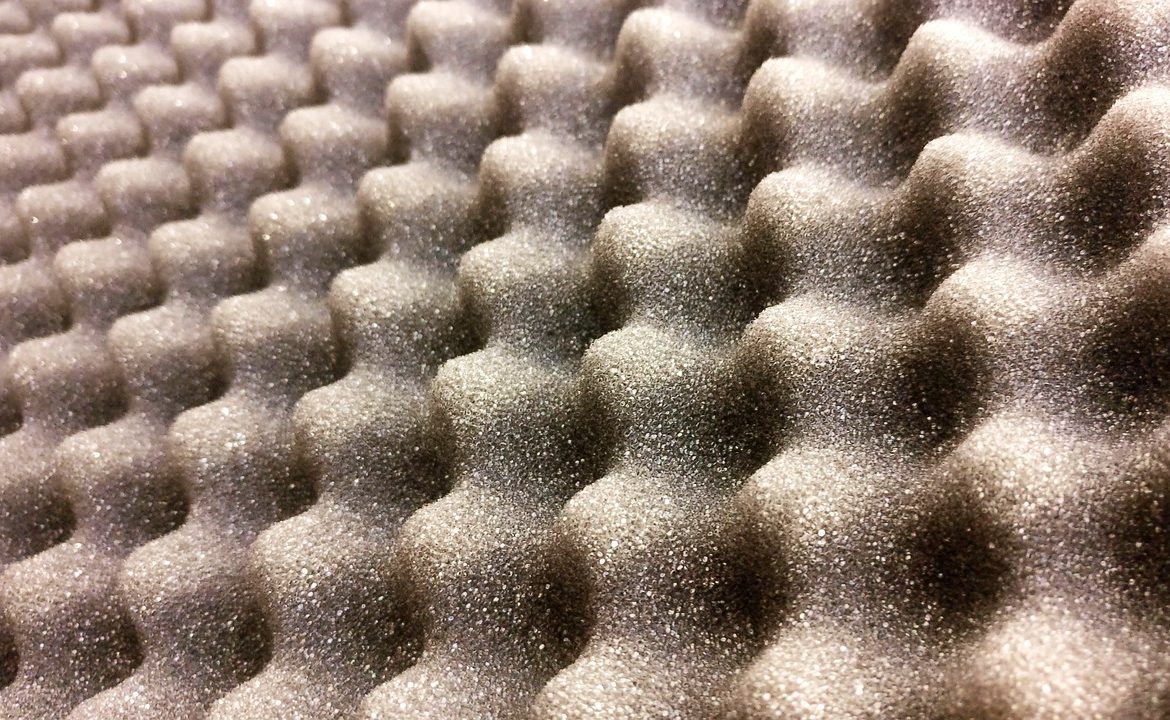How to soundproof a room? The process is a lot easier than you think. It’s no secret that in many urban spaces, noise levels can often be exhausting. While there are people who have simply learned how to live with it, if you’re particularly sensitive to noise, have young children, or simply want a quieter home, then this article is for you.
So, where do you begin when it comes to creating a soundproof room? Consider the size of the space and the main sources of noise. Here are some approaches to consider when you want to know how to soundproof a room.
Method One: Soundproof Curtains
When it comes to soundproofing a room, there are two things you must consider: aesthetics and space. The two have to be in harmony in order for this to be effective. Sure, soundproof foam is a great material for blocking sound—but is it soothing to the eyes?
For this purpose, noise cancelling curtains are among your best options. These absorb echoes in your room and effectively reduce noise coming from the outdoors. The effect is noticeable, if you purchase the right one for your room.
How to Soundproof a Room Using Soundproof Curtains?
- Choose an appropriate size and weight for your room.
- Hang it up using heavy duty hooks and curtain rods.
How much do noise reducing curtains cost?
These average around $50, at least for the good quality ones. They are made out of thick material such as velvet, suede, and polyester. The colors and design also vary greatly, providing people with more options.
There is one con to using sound dampening curtains: they block light. For some, this might be a great bonus, while others might find this to be a deal-breaker. Note that these curtains will not completely cancel out all sounds even if you purchase the heaviest fabric.
How to pick a noise reducing curtain?
- Choose a size that’s a few inches wider and longer than your window. The idea is that the more space it covers, the more efficient it will be.
- Material is solely preferential. However, if you have the extra budget, choose ones that have insulated thermalayer or thermaweave layers. This increases its noise absorption ability.
- As for weight, the heavier it is, the higher the absorption level.
Keep in mind that given the noise cancelling curtains size, you might need to change your current curtain rod to something stronger.
Method Two: Soundproof Foam
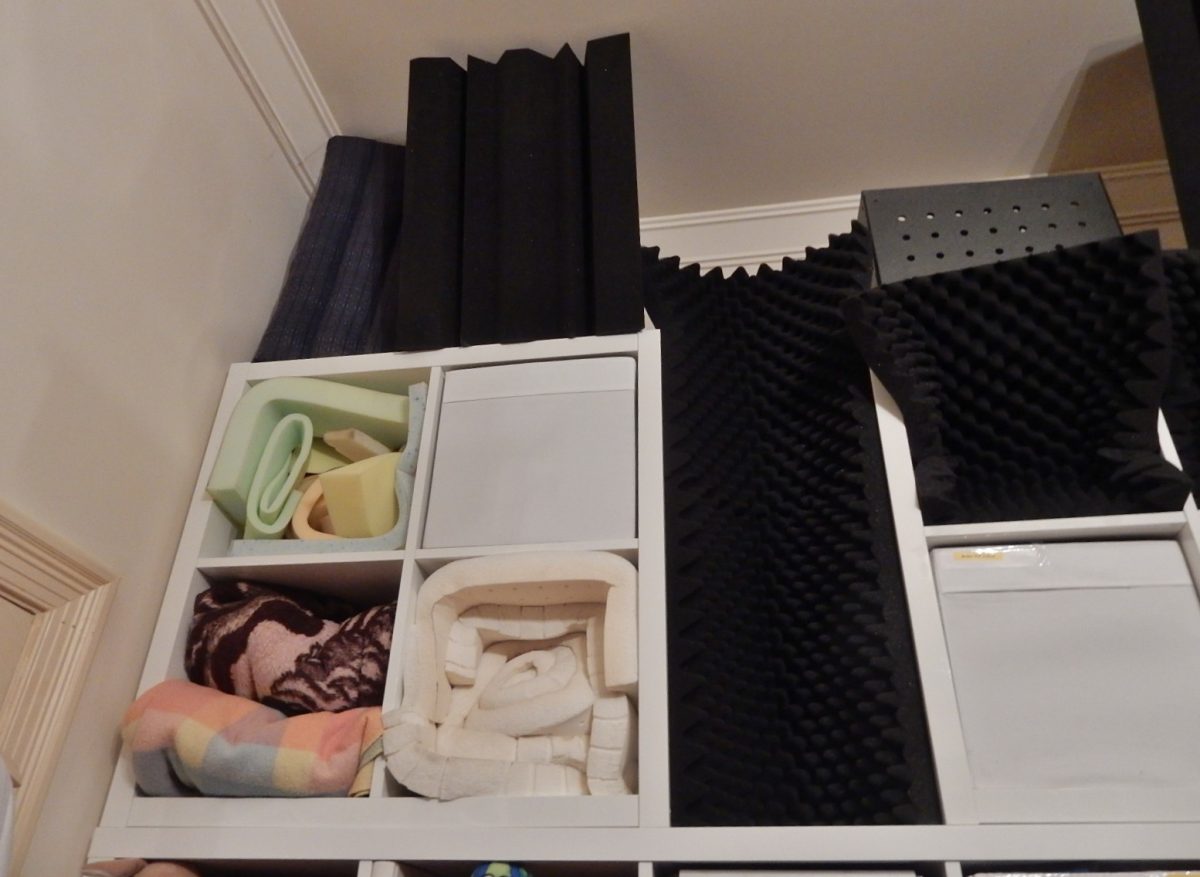

These are the most commonly used materials when it comes to soundproofing a room. It works by preventing sound waves from bouncing off of hard surfaces, such as the walls and ceiling. Much like the curtains, it absorbs these sound waves instead.
It can create a quieter environment, but it isn’t completely soundproof ether. If you’re on a budget and only want to decrease the noise in a certain room, this is a great option to look into. Band practice studies, your personal workshop, or any area of your home that produces a lot of noise would benefit from this.
As for aesthetics, these also come in a variety of styles and colors. These can fit into any color scheme you have, but because of their bulk, they have a tendency to stand out in a space.
How to Soundproof a Room Using Sound Absorbing Foam
There is a way to install soundproof foam without ruining your walls.
- Start by putting up a backer material like thin engineered wood or cardboard in the areas of your wall you want to stick the foam on.
- Put these up on the wall by using Gorilla Tape or strong adhesive squares.
- Next, start assembling your soundproof foam on the backer material. Mark the spots to make sure they align properly.
- Once you have a rough guide on where you’re putting the foam, use a general purpose spray adhesive to stick them onto the backer material.
- Hold this in place for 15 to 20 seconds each time before releasing.
- Repeat these steps as necessary.
- When you no longer need the soundproofing, just carefully pull down the backer material. The wall will remain undamaged.
How Much Does Soundproof Foam Cost?
Prices vary according to thickness and size. Basic ones starts at $10 for each one.
Method Three: Soundproof Blanket
So far we’ve tackled options that you’ll need to shell out money for. This time, let’s talk about what you can do without having to spend a dime: blankets. Most of us will have plenty of these at home and if you’re in a pinch, they make for effective noise blockers. Just make sure you use the densest one you have. For example, wool blankets.
Moving blankets are also commonly used if you’re willing to spend a little money. These are significantly cheaper than other soundproof materials and can be just as efficient.
How to Soundproof a Room Using Blankets:
- Get a telescopic rod and install it where you need the blankets.
- Alternatively, you can also nail or tack these onto the walls with thumbtacks.
- You can also use these blankets to cover any hard surfaces or furniture that might be reflecting sound in a room. For example: closets, floors, and doors.
Method Four: Soundproof Egg Cartons
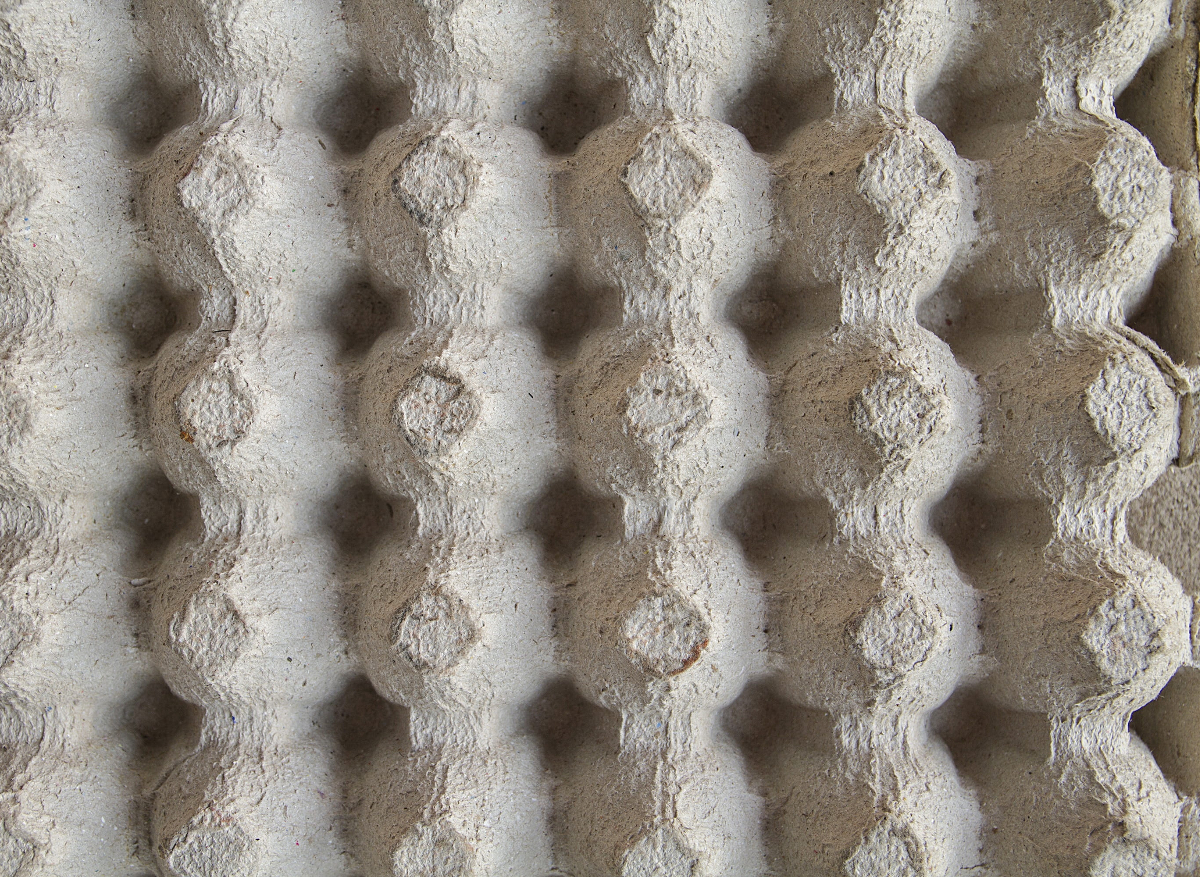

Sure, it sounds farfetched, but using egg cartons is also a pretty effective and cheap way of soundproofing a room. The secret lies in its structure. While they are made of porous and lightweight material, egg cartons have an undulated surface that helps retain sound waves—which then transform into heat. If you’re looking to eliminate reverberation and echo, these are your best bet.
Needless to say, you get noise reduction and insulation. All for the price of a dozen eggs!
How to Soundproof a Room Using Egg Cartons?
Just follow the same method for installing the sound absorbing foam. In comparison, egg cartons are much easier to work with, so this should be a breeze.
Pro Tip:
You can purchase these in bulk at some recycling centers for a few dollars, too.
Method Five: Soundproof Panels
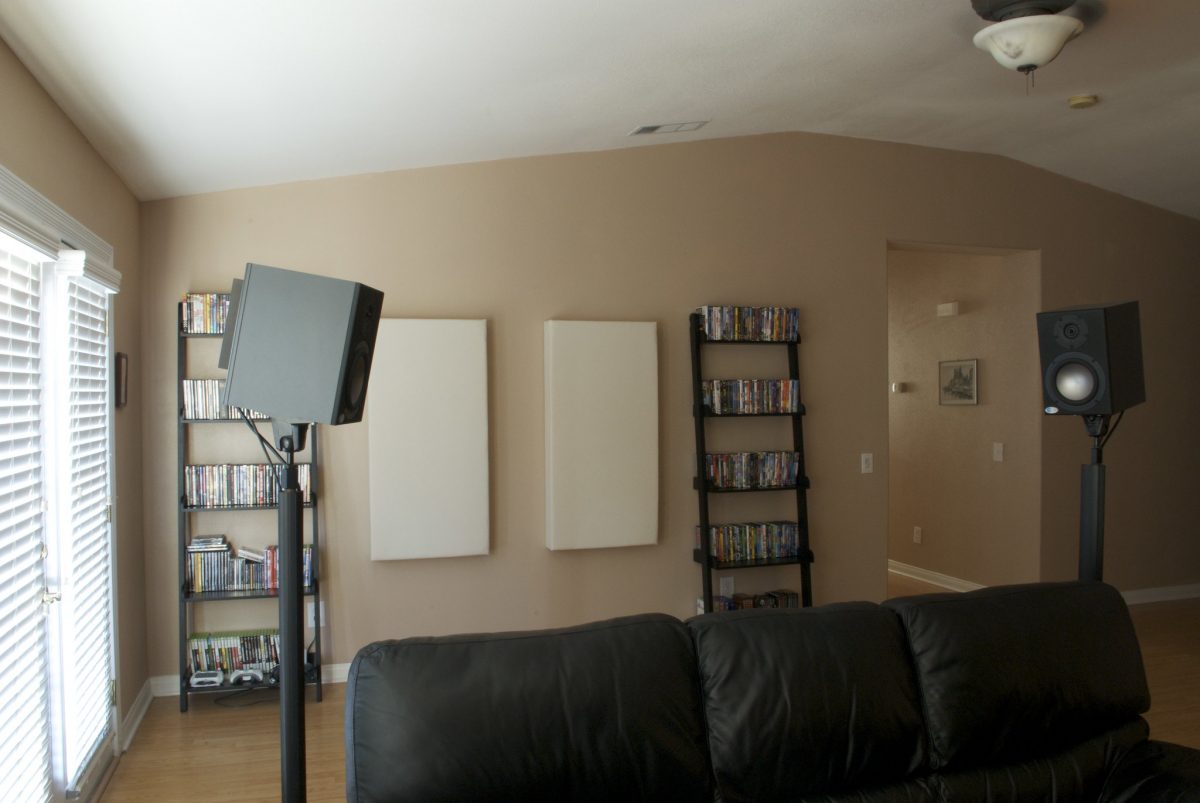

If you’re working on home theatre soundproofing, you’ll definitely need materials with a bit more heft. Professional soundproofing panels can cost upwards of $200, but you can DIY one for around $50 or less.
How Do Sound Insulation Panels Work?
These are typically made out of compressed foam or mineral wool. Its purpose is to help remove any unnecessary sounds in a room, allowing for a clearer and crisper listening experience. These are great for home theaters, because it mimics the same conditions a cinema provides.
Note that sound insulation panels, particularly professional ones, can both block and reduce noise. This is also one of the reasons why they tend to be quite expensive. The cost? Anywhere from $1000 to $2000.
How to Soundproof a Room Using DIY Soundproofing Panels
For each panel, you will need:
- One 2ft x 4ft x 2in piece of rockwool absorption or fiberglass panel
- Two strips of wood furring, 1in x 2in x 8ft in size
- Strong wood glue
- Two 20-lb rated frame hangers
- Four wood screws, flat head Philips #6 x 1-1/4
- Two D-ring hangers with screws (heavy duty)
- Your choice of fabric, measure out 62” in length and 36” in width
- Spray adhesive
You’ll need these tools:
- Electric screwdriver
- 3/32” Drill bit
- Saw
- Staple gun
- Hammer
- Scissors
- Medium Philips screwdriver bit
Basic Instructions:
- Choose a sound absorbing core material.
- Build a wood frame around your chosen core.
- Wrap the panel using your chosen fabric. This step is meant to increase the aesthetic value of each panel, but do make sure you choose sound-transparent fabric. Avoid leather, vinyl, or anything acrylic backed.
- Mount the panel to your wall or onto your ceiling.
For a more detailed guide, we recommend this tutorial by Ray Ortega on YouTube.
How Much Will DIY Panels Cost?
Each sound dampening panel should cost you $20 each, less if you already own some of the items.
Method Six: Soundproof Window Plugs
Aside from the use of blankets or curtains, here’s how to soundproof a window by using window plugs. First off, what is it? For the unfamiliar, these plugs are basically soundproof sponges that can reflect, block, and absorb sound. These are inserted into the window frame, ensuring an airtight fit.
Soundproof window plugs are just one of several cheap soundproofing options out there. If you live in an urban area that has light noise at night, soundproof window plugs can help block most of that as well. Since these tend to be temporary, you can use or remove them as needed.
The disadvantage is that these are temporary solutions and will block natural light from entering the room. These tend to be unappealing to the eyes as well, which can affect the overall aesthetic of your home interiors.
How to Soundproof a Room Using Window Plugs
- Start by measuring the height, width, and depth of the window opening. Get the depth by measuring the distance between the edge of the sill and the actual window. This determines the thickness of the window plug.
- Next you’ll need the acoustic foam, a soundproof mat, MDF board, and pull handles.
- Build the plugs:
- Draw out the dimensions on an MDF board (these are very affordable, but perfect for this DIY). You would want a close to air-tight fit, so take your time with this.
- Cut the soundproof mat to the same measurements as your board. Use an industrial strength glue to stick this to the MDF board.
- Do the same with your sound absorbing foam, but cut it slightly bigger than the first two. This will provide the “plugging” effect.
- Attach the handles to the side so you can easily install and remove the plug as needed.
Note: For smaller windows, no frame is necessary to provide support. Larger windows, however, will require it.
How Much Will a DIY Window Plug Cost?
Anywhere from $15 to $30, depending on where you source your materials.
Method Seven: Soundproof Carpets
You can soundproof your walls, your windows, and even your ceilings—but did you know that you can also do the same with your flooring? What not many people know is that both concrete and wooden floors help transmit noise. This includes “impact noise” coming from objects falling to the floor or the sound of heavy footsteps.
Fortunately, soundproof carpets are a thing. Even your ordinary carpet can absorb any reverberation and trap that sound in their fibers. The thicker they are and the more surface area they cover, the better their sound insulation. If you already have an appropriate carpet, look into some of these excellent yet affordable acoustic underlays:
- Mass loaded vinyl
- Sound deadening floor insulation
- Soundproof carpet underlay
- Acoustic floor tiles
- Foam mat floor tiles
How to Soundproof a Room Using Carpets
- You don’t have to cover the entire flooring with carpet and underlay. Choose the largest exposed surface area and concentrate your efforts there.
- When it comes to the type of carpet, cut-pile varieties have proven to be superior to loop-pile for reducing sound. The added foam-rubber backing further helps with reducing noise pollution.
Pro Tip:
You can also use carpets as wall tapestries. Doing so can help with the acoustics in a room, providing an effect similar to using soundproof blankets.
Method Eight: Soundproofing with Decor
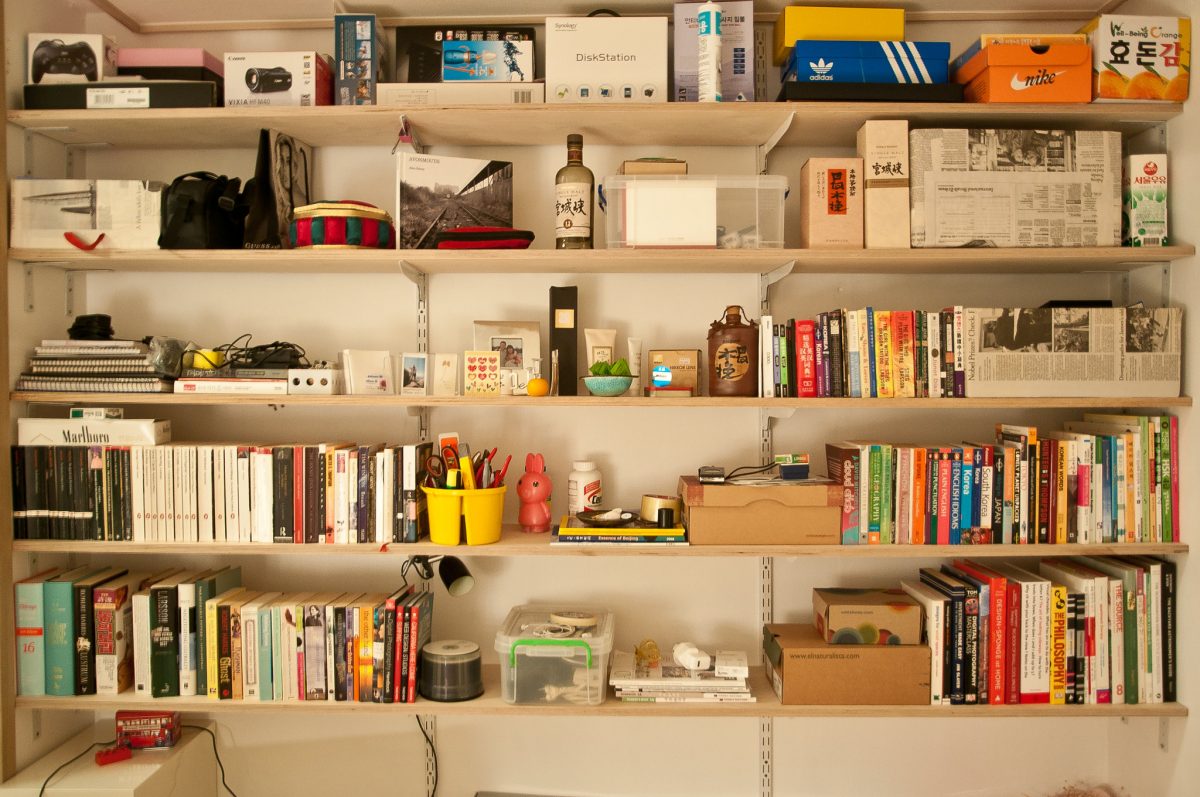

For a no-cost technique of soundproofing a room, you can also look at the furniture you already have. For example, if you have any shared walls or have ones facing the street, move your bookshelves or wardrobe to that spot. This will reduce the amount of sound that passes through the walls.
Remember, just think about what materials can block sound.
How to Soundproof a Room Using Wall Décor?
You can use large canvas paintings to add mass to your walls. The same goes for fabric tapestries. The thicker it is, the more sound it will absorb. There’s also wallpaper varieties that offer sound dampening effects. Particularly, the 3D brick ones made out of foam material.
These will add aesthetic value to your home and help soundproof the room as well.
Method Nine: Use Common Household Items for Soundproofing
While these may not be the most thorough method of soundproofing a room, it can help with smaller areas, such as the space between doors.
How to Soundproof a Door:
- The first thing you have to check is the gaps between the door and its frame. For this, you can use cut up pieces of old foam or even pillow filler.
- Kitchen sponges cut to size can fill in any gaps between the door and the floor. This will also help insulate the room better. You can also use foot rugs and doormats for this purpose.
- Lastly, a soft draft blocker would also do a pretty good job if you want to soundproof a door. These are affordable and can be bought online easily. You can even make one, too!
Method Ten: Soundproof Paint
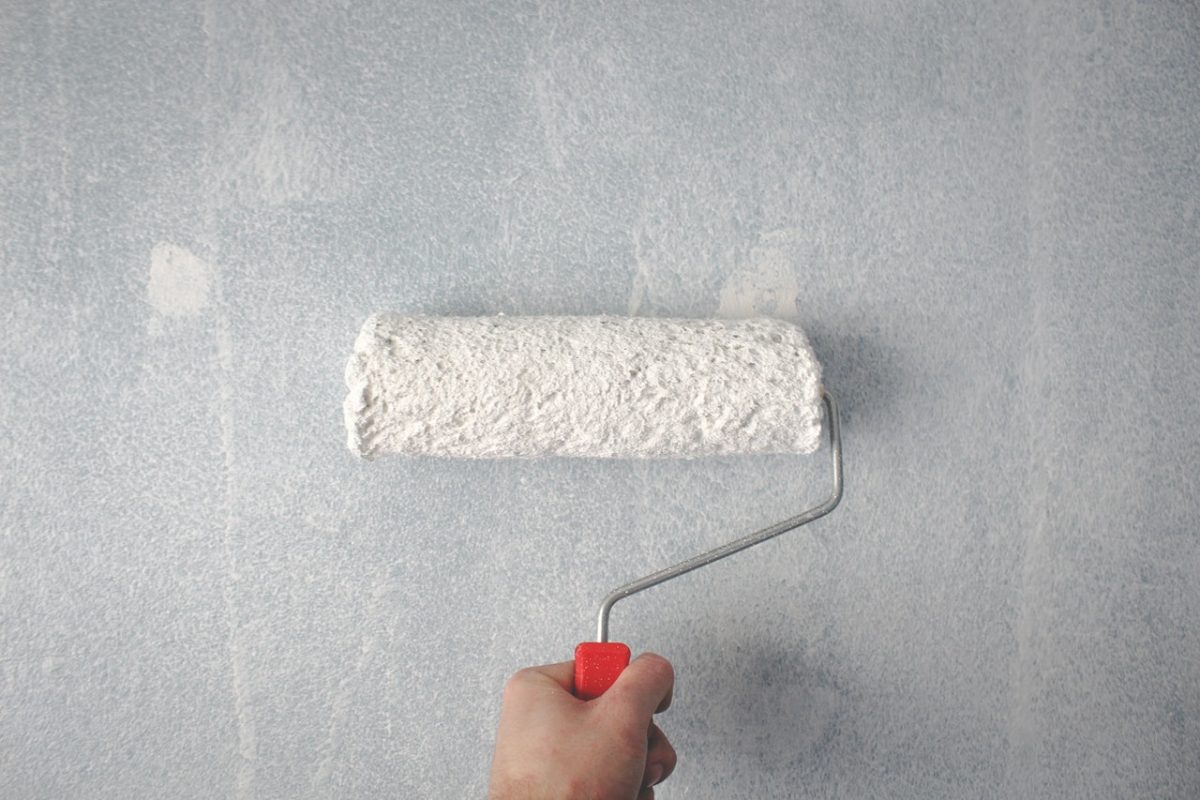

Can your choice of paint really help when it comes to cheap soundproofing? It all depends on what type you use. Soundproof paint is a low-cost and easy DIY option that you can look into.
How to Soundproof a Room Using Soundproof Paint
The first thing you must understand is that this type of paint will not magically render a room soundproof. However, it can aid in absorbing noise thanks to its formulation. Unlike regular wall paint, soundproof paint contains thermacels or tiny vacuum-sealed cells filled with pigment. This soft pigment absorbs the sound energy, creating a barrier and reducing sound energy transfer through walls.
These sound dampening paints have been known to help with reducing sounds such as speech by 30%. With that in mind, it can’t do much if you’re dealing with significant road noise.
How Much Does Soundproof Paint Cost?
These run for $50 to $75 a gallon, but you’ll be able to cover 22 square feet with it. This should be more than enough for a single room.
All in all, if you want to save money when soundproofing a room, try to look at things creatively. You never know what sound deadening material you might find lying around at home!

